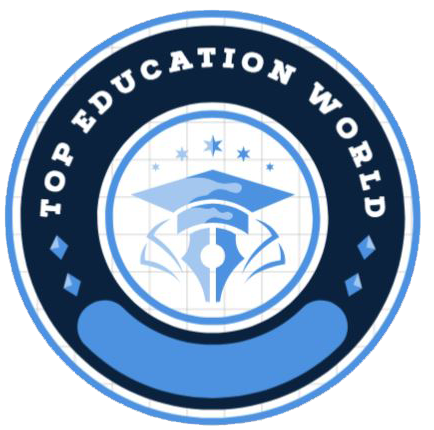Chapter 1: Computer Techniques
Overview:
Chapter 1, “Computer Techniques,” introduces the foundational concepts of computer science and programming. This chapter is designed to provide students with a comprehensive understanding of basic programming techniques, focusing on problem-solving strategies and algorithmic thinking. It covers the essential steps in the programming process, from problem definition to the implementation and testing of solutions.
Key Topics:
- Introduction to Computers:
- Overview of computer systems, including hardware and software components.
- Explanation of the role of computers in various fields.
- Programming Fundamentals:
- Basics of programming languages and their classifications.
- Introduction to syntax, semantics, and program structure.
- Algorithms and Flowcharts:
- Definition and importance of algorithms in problem-solving.
- Use of flowcharts to visually represent algorithms and processes.
- Programming Techniques:
- Discussion of different programming paradigms such as procedural, object-oriented, and functional programming.
- Introduction to basic control structures, including loops and conditionals.
- Debugging and Testing:
- Strategies for identifying and fixing errors in programs.
- Importance of testing and various testing methodologies.
Learning Outcomes:
By the end of this chapter, students should be able to:
- Understand the basic components and functions of a computer system.
- Develop simple algorithms and represent them using flowcharts.
- Write basic programs using appropriate syntax and control structures.
- Apply debugging and testing techniques to ensure the correctness of their programs.
This chapter sets the stage for more advanced topics in computer science and programming, providing a solid foundation for students to build upon.
